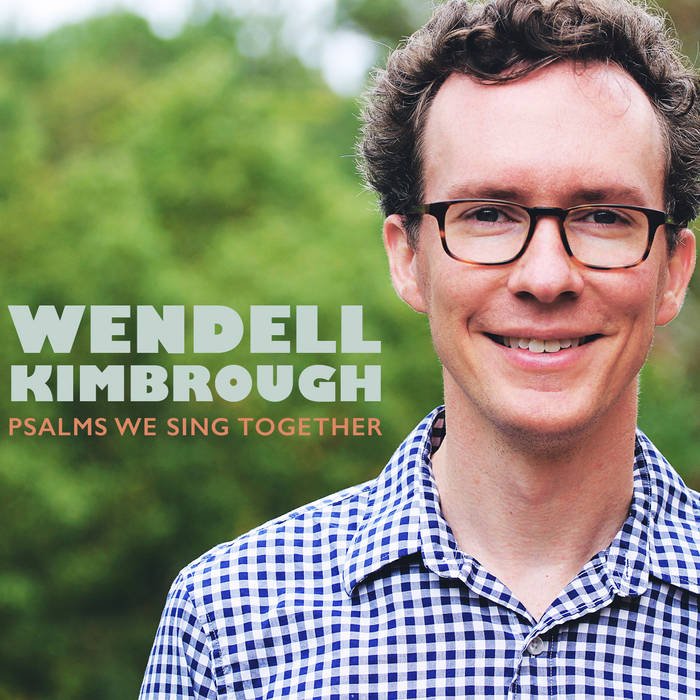One purpose for our Summer Songbooks is to provide a tangible resource for singing in our homes. This book contains 26 songs with a simplified page layout including chords, lyrics, and notes. Whether you play guitar, piano, ukulele, or nothing, you can use this book (honestly, we sometimes find it more clear and convenient to sing with our kids at home without instruments).
Try picking a song of the week to sing each day, declaring God’s steadfast love in the morning and his faithfulness by night (Psalm 92:2). You can grab songbooks at our evening service and keep them at the end of the summer!
Book
“Family Worship Bible Guide” by Reformation Heritage Books
Have you ever read the Bible and struggled to understand it, much less explain it to children? Check out this resource which provides succinct comments and heart-searching questions for every chapter of the Bible.
Summer songbook
Come and use these songbooks each Sunday at 6pm in our summer evening services. Feel free to bring them back and forth during the summer and keep them for your own use at home.
Family Worship Tip
Gather all your daily family worship resources (Bibles, song pages/books, catechisms, notepads, etc.) together in one basket or bag for convenient use and to prevent time spent looking for them each day.













